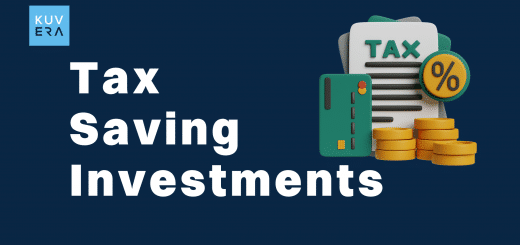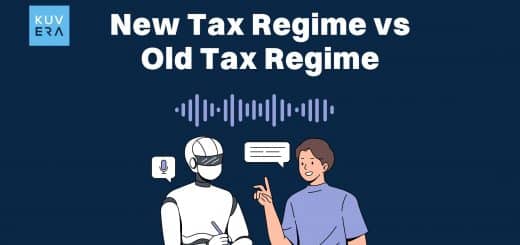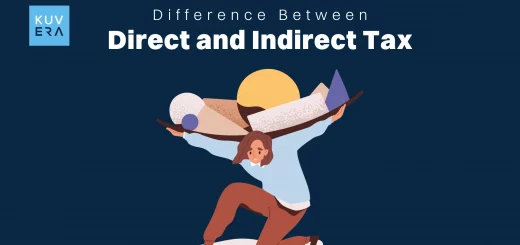Investments and tax planning go hand in hand. When you invest in a scheme, you usually look for two main aspects – the returns which you can get and the tax benefit of the avenue. What if an investment avenue can promise you the best of both these aspects? ELSS mutual fund schemes are those investment avenues which promise you the best of both worlds. They give you tax benefits as well as attractive returns. Do you know how?
Let’s explore –
What are the ELSS funds?
ELSS is an acronym for Equity Linked Saving Scheme. It is a type of mutual fund with an objective of saving tax. ELSS is an equity-oriented mutual fund scheme wherein at least 65% of the portfolio is invested in equity-related securities. Since the fund is equity-oriented, it is taxed as per the rules of equity funds. The investments that you make to the scheme are pooled together and then invested in a diverse mix of equity, debt and, sometimes, money market instruments. Thereafter, as the portfolio grows, you get returns on your investments. Investments in an ELSS fund are locked-in for a period of 3 years during which you cannot redeem the fund.
The tax saving advantage of ELSS
One of the primary reasons why ELSS funds are popular is the tax benefit that these funds give. You get two tax-saving benefits from ELSS funds which are as follows –
- The investment done into the fund qualifies as a tax-free deduction under Section 80C. You can claim a deduction of up to INR 1.5 lakhs from your taxable income if you invest in ELSS funds. As such, your taxable income reduces thereby lowering your tax liability.
For instance, if your gross taxable income is INR 10 lakhs and you invest INR 1.5 lakhs in ELSS funds, you would be taxed only on INR 8.5 lakhs. Your tax liability would, therefore, reduce. - Returns earned from an ELSS scheme are also allowed as tax-free incomes if the returns are up to INR 1 lakh. So, after redemption, if you redeem your ELSS fund and the returns that you get from the fund is up to INR 1 lakh, the gain would be tax-free in your hands. However, if the returns exceed INR 1 lakh, the excess gain would be taxed @10%.
Other benefits of ELSS Schemes
Other than the tax-saving nature and the attractive returns, there are other aspects of ELSS schemes which make them beneficial for investors. These aspects include the following –
1/ Low lock-in period
ELSS schemes have a lock-in period of only 3 years which is much lower compared to other tax-saving avenues like fixed deposits, Public Provident Funds (PPF), life insurance ULIPs etc. where the lock-in period is longer. Thus, ELSS funds allow you to invest for a short term period and get good returns.
2/ Flexible and affordable investments
Investing in ELSS funds is quite flexible. You can invest monthly through Systematic Investment Plans (SIPs) or you can invest in one lump sum if required. Moreover, the minimum investment amount needed is INR 500 or INR 1000 which is quite affordable even for small investors.
3/ Returns are inflation-adjusted
Unlike PPF and fixed deposit schemes which promise guaranteed returns, returns under ELSS schemes depend on the market. Since the returns are tied to the market, they are in sync with the inflationary trends of the market and are inflation-adjusted.
ELSS vis-à-vis other investment avenues
If ELSS was to be compared to other investment avenues, it would score on various fronts. Let’s have a look at the comparative advantage of ELSS scheme over other popular investment avenues –
| Points of comparison | ELSS | Fixed deposits | PPF | ULIP | Other mutual fund schemes |
| Type of investment | Market-linked investments | Fixed income investments | Fixed income investments | Market-linked investments | Market-linked investments |
| Investment risk | High | Nil | Nil | Low to high depending on the investment fund selected | Low to high depending on the type of fund selected |
| Returns | Market-linked returns which range from 8% to 18% | Fixed returns which range from 3% to 8% | Fixed returns which range from 7% to 9% | Market-linked returns which range from 6% to 14% | Market-linked returns which range from 4% to 20% |
| Lock-in period | 3 years | 5 years for tax benefits otherwise the period can be 7 days to 10 years | 15 years | 5 years | Nil. They can be redeemed as per requirement |
| Tax benefit | Investments are allowed as a deduction under Section 80C up to INR 1.5 lakhs. Returns up to INR 1 lakh are tax-free | Investments into 5-year deposit schemes are allowed as a deduction under Section 80C up to INR 1.5 lakhs. Returns are taxable for individuals aged up to 59 years. In case of senior citizens, returns up to INR 50,000 are tax-free under Section 80TTB | Returns are tax-free | Returns are tax-free | Returns are taxed depending on the type of the fund (equity or debt) and the period of investment |
Conclusion
The tax season is around the corner and if you are looking to save your tax and also get good returns on your investments to pick ELSS schemes. They promise you tax benefits, good returns and easy liquidity so that you can create a good corpus for your financial needs.
Finally, remember Come For Tax Saving, Stay On As An Equity Investor!
Interested in how we think about the markets?
Read more: Zen And The Art Of Investing
Watch/hear on YoutTube:
Start investing through a platform that brings goal planning and investing to your fingertips. Visit kuvera.in to discover Direct Plans and start investing today.
#MutualFundSahiHai, #KuveraSabseSahiHai!










